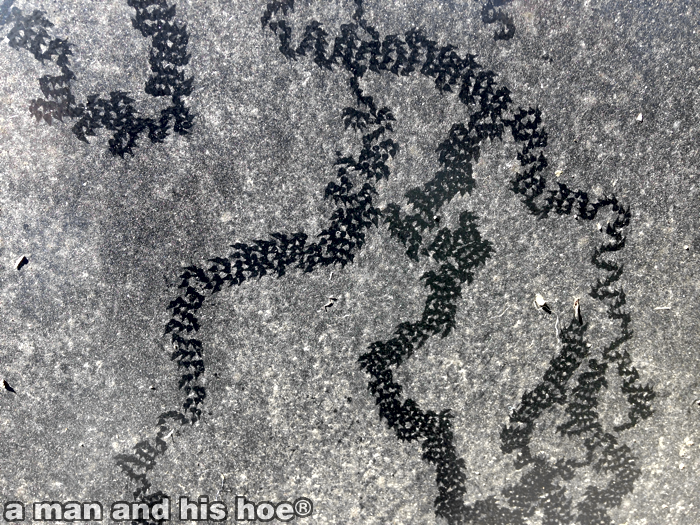Your cart is currently empty!
Month: August 2014
-
Late Summer Surprise – Out of the Woods
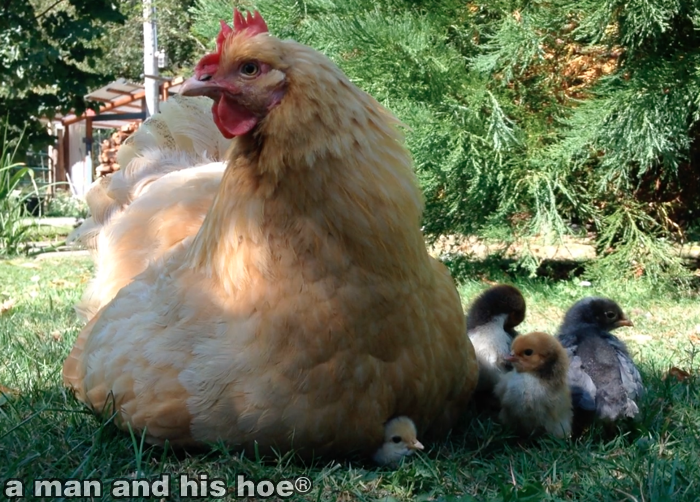
This afternoon, when I went out to collect eggs and check on the chickens, I spotted a hen with chicks taking an afternoon break in the shade of a mimosa tree. The chicks were just a few days old and it wasn’t one of the hens sitting on eggs in the coop. It was a hen who had hatched her chicks in the brush somewhere and was bringing her chicks around for food and water for the first time.
Recently, there had been a hen who acted very broody when she came into the chicken yard to feed, but I never did see her sitting on eggs. Now I know why. She had a clutch of eggs in the brush or woods somewhere. It makes me wonder how many other hens will come popping out of the woods with chicks in tow.
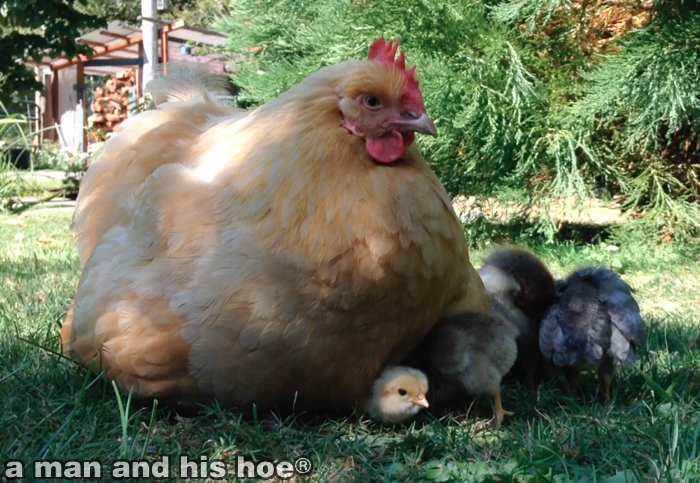

-
The Taste of Fall
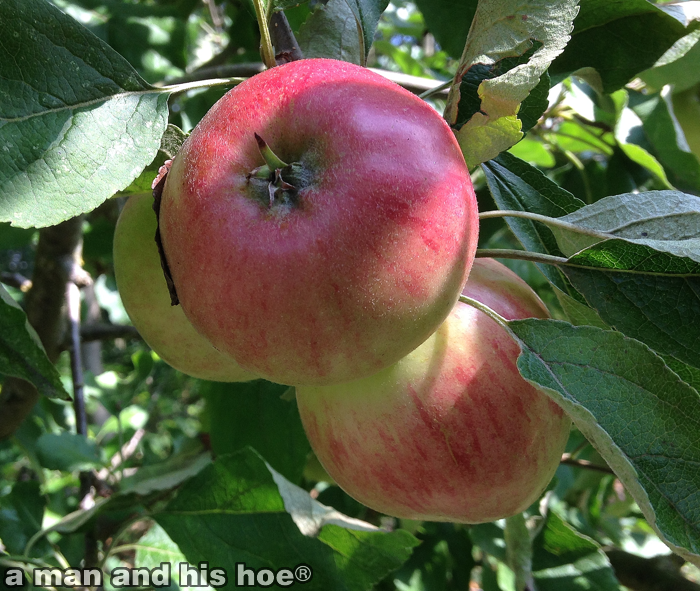
The nights are getting cooler. Fall is just around the corner. The ripening apples are good enough to eat now. A week or two from now, they will be perfect. This year the trees are loaded. With all the sunshine we’ve had this summer, their flavor is intense. Once you pick an apple off a tree, fresh to eat, picking them out of a bin in a store seems so drab.

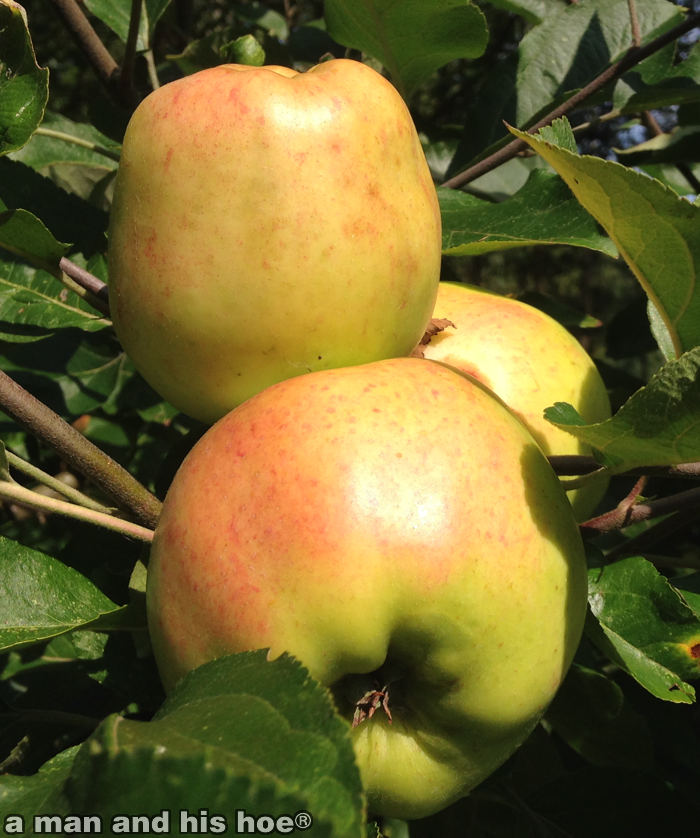
- How to tell when your apples are ripe ~ Oregon State University Extension Service
- When are apples ripe? ~ University of Wisconsin Extension
- Harvesting Apples ~ Dave’s Garden
-
Colors of Farming
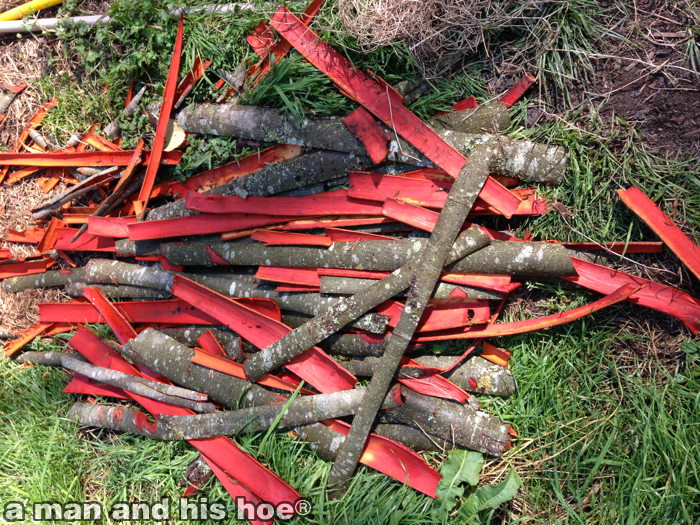
These are strips of alder bark, left over from making fence posts. When I first peel them off the alder logs, the insides of the bark are a light, cream color. As they dry in the sun, they turn bright red, which is why they are called Red Alder.
From the Slater Museum:
Alders are among the few higher plants that have the special ability to fix nitrogen, so they can take atmospheric N2 and convert it to ammonia (NH3), which then is available to be used in nucleotides and amino acids, basic building blocks of life. Thus these plants can grow on newly created soils that lack the nitrogenous compounds that act as natural sources of nitrogen for most plants.
Which explains why alder trees grow like weeds here. In just ten to twelve years they grow to be 40 foot tall trees a foot or more in diameter, so they are very useful trees.
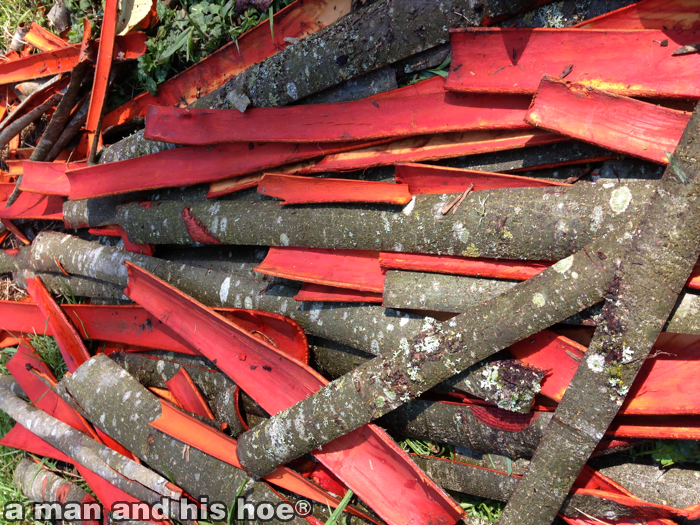
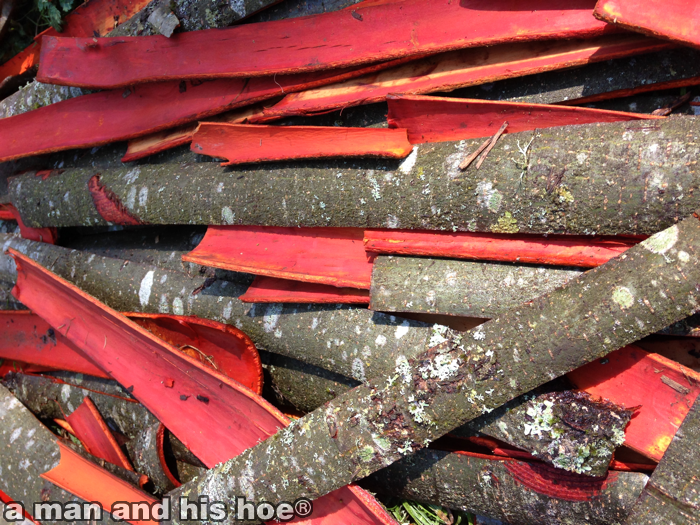
-
A New Season
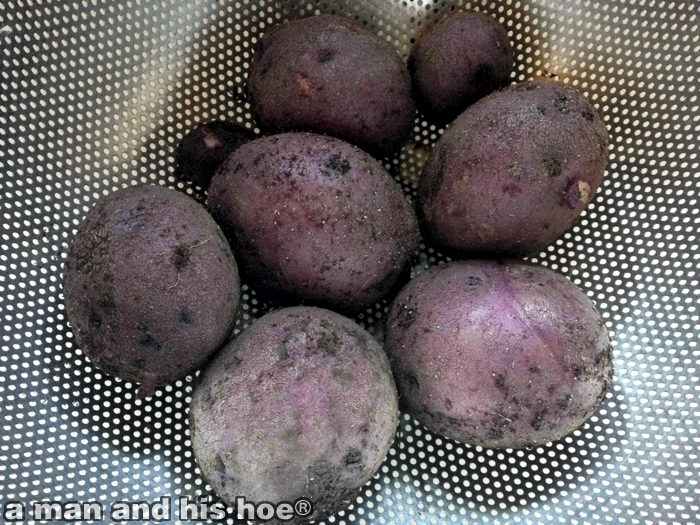
It’s the start of a new season – potato season. For the last four months the potato plants have been sending their roots through the earth, sprouting leaves and soaking up the sun, and working hard to form potatoes. Now it’s time to give them thanks for making such wonderful food.
From now through fall, whenever I need some potatoes, all I need to do is go out into the field and dig up what I need. It beats making a trip to a grocery store to buy some. It seems very ordinary to be able to have such fresh produce, but when I think about it, how many people ever get to dig up potatoes for their supper just a few minutes before making supper?
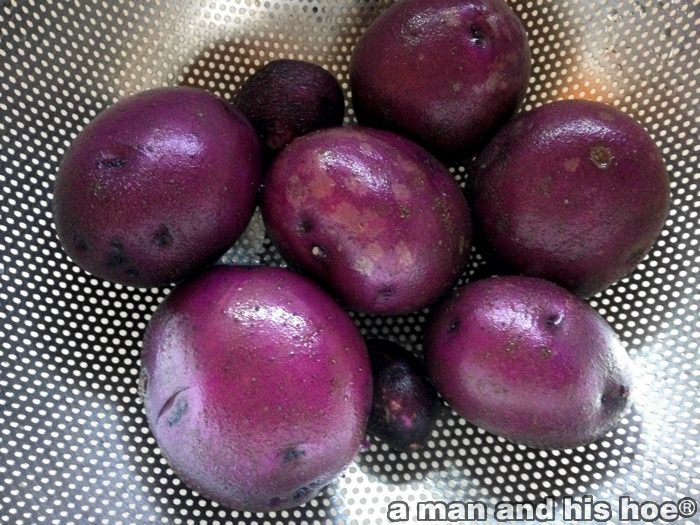
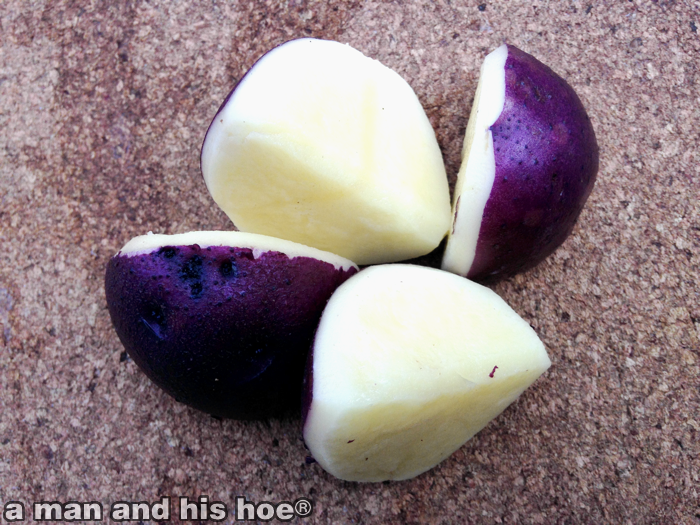
These purple potatoes just have purple skins. Some varieties of purple potatoes are purple throughout.
-
Who Goes There?
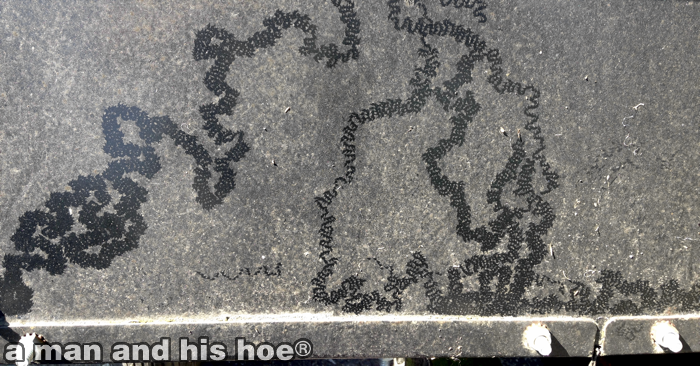
I went to get the trailer to haul some fence posts and found on the end of the trailer, the intricate, winding footprint of what I’m guessing was a slug. It looks like a satellite view of a rocky desert landscape with rivers and streams meandering over it.
How long did it take that slug to draw the intricate pattern? What was it looking for and did it find it? There are so many fascinating, marvelous, mysterious things all around us. You don’t even need to go looking for them. Just step outside and keep your eyes and ears open.
